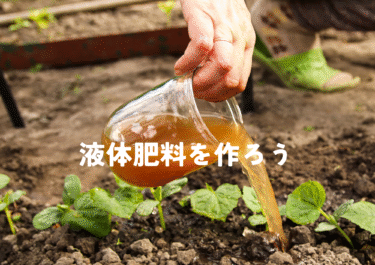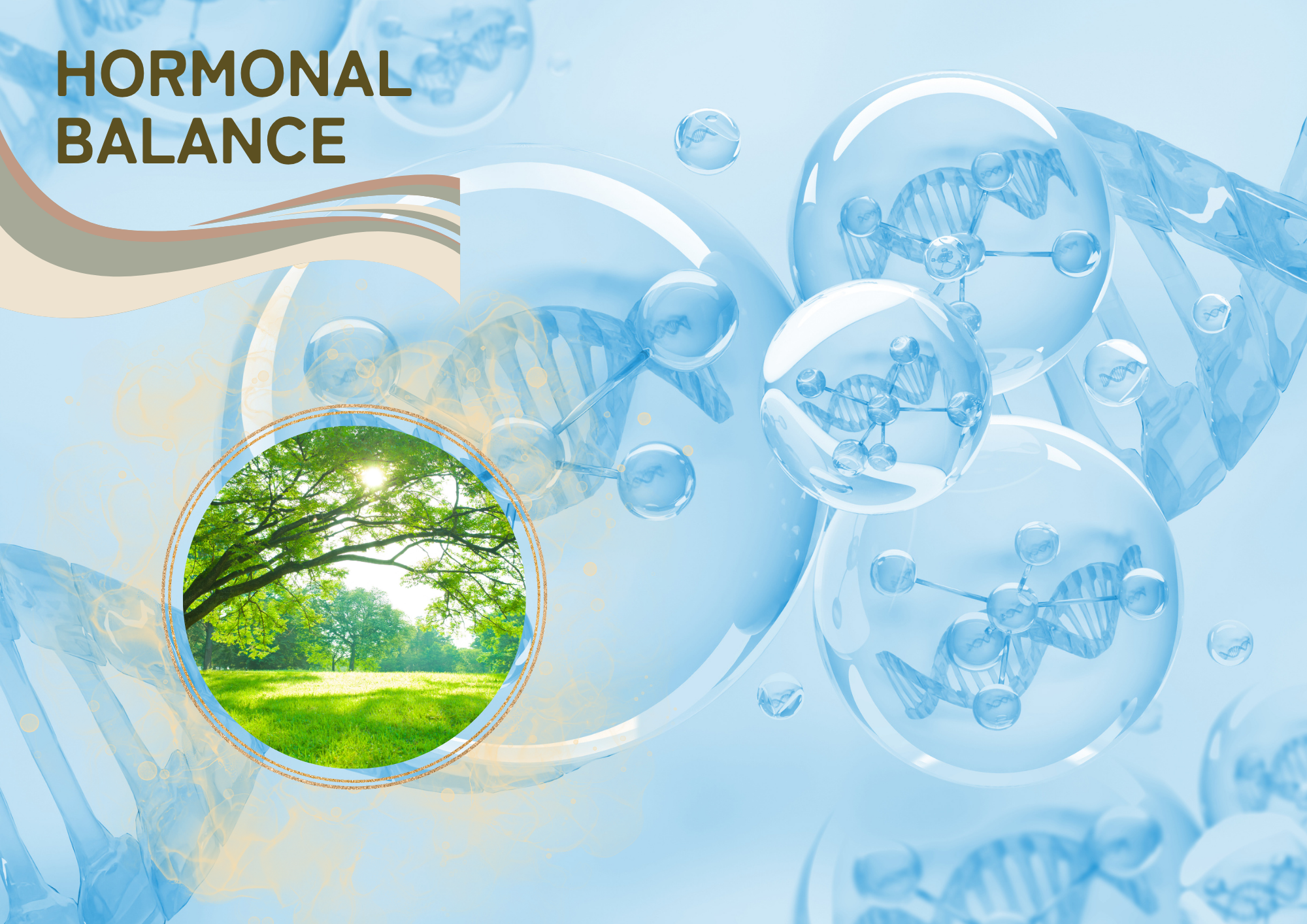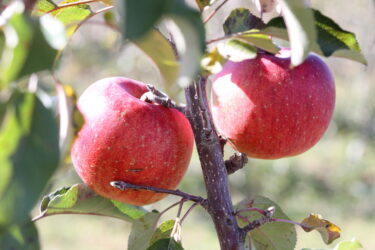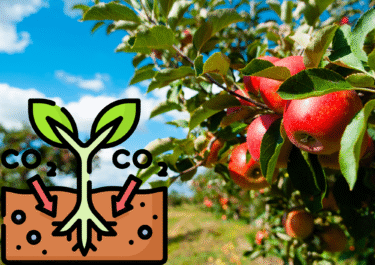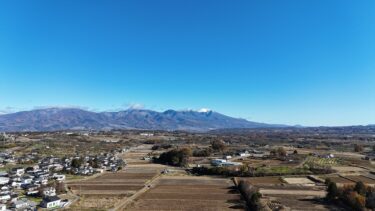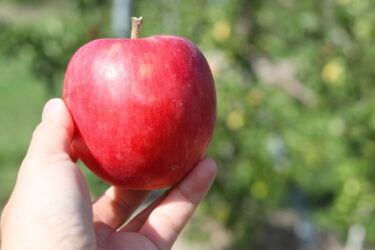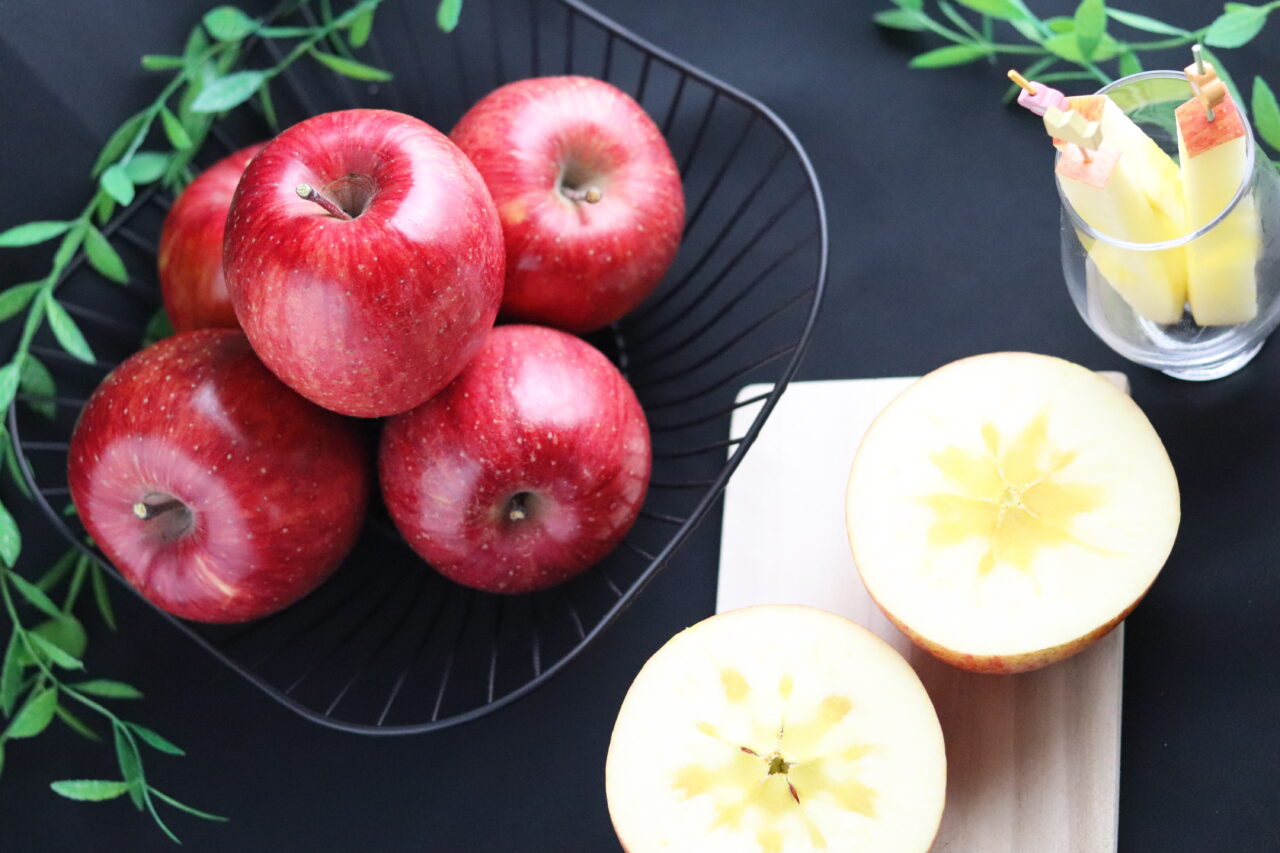ここでは、安全かつ実用的な方法で液肥を自作する手順と考え方をまとめます。
✅ 液肥を自作する目的別の選び方
目的 主な成分 原料例
窒素(N) :供給 葉や茎の成長促進、米ぬか、油かす、尿、草木類
リン酸(P) :供給 根の発達、花実の充実 骨粉、魚エキス
カリウム(K):供給 耐病性・果実の品質向上 木灰、バナナ皮

🧪 基本的な液肥の作り方(有機タイプ)
① 米ぬか+油かす+水の発酵液肥
材料(目安)
米ぬか:1kg
油かす(なたね等):500g
水:10L
黒糖 or 砂糖(発酵促進用):100g
※お好みでEM菌や納豆、ヨーグルトなど少量加えると発酵が早い
手順
すべての材料をバケツなどの容器に入れてよく混ぜる
フタをして空気を遮断し、夏なら1~2週間、冬は1か月ほど発酵
発酵が進んだら布でこして液体だけを取り出す(これが液肥)
使用方法
5~10倍に水で薄めて、ジョウロで株元に灌水
週1回程度使用が目安
② バナナ皮液肥(カリウム多め)
材料
バナナの皮:2〜3本分
水:1L
黒糖や蜂蜜:大さじ1(発酵促進用)
作り方
バナナの皮を細かく刻み、材料を瓶に入れる
常温で3〜5日置いて発酵させる
表面に泡が立ったらOK。こして使用
③ 魚エキス液肥(リン・アミノ酸豊富)
材料
魚のあら・内臓:1kg
黒糖または糖蜜:1kg
水:1L
作り方
材料を混ぜて密閉容器に入れる(空気を抜く)
夏で2〜3週間、冬は1ヶ月以上発酵
よくかき混ぜながら発酵を促進する(臭いに注意)
完熟したらこして液だけ使用
※安全面・臭い対策が必要なので、野外や倉庫での保管がベスト。
💡 自作液肥の注意点
薄める :原液は強すぎるため、5〜10倍に薄めて使うのが基本。
保存 :密閉容器で冷暗所保存。発酵臭が出るが、腐敗臭(腐ったような臭い)が強い場合は使わない。
使用頻度:週1〜2回が基本。過剰施肥に注意。
pH管理 :酸性に傾く場合があるので、苦土石灰や木灰で調整可能。

🛠️ 液肥を安定させる工夫
グルタミン酸やアミノ酸を加えると微生物活性が上がりやすい。
納豆菌(納豆を水で溶く)は発酵促進・悪臭抑制にも効果あり。
糖分(黒糖・蜂蜜・糖蜜)は微生物のエサになるため、発酵初期に役立つ。
🔄 市販品との併用アイデア
自作液肥は「微生物活性・土壌改良」に向いており、
市販の液肥(窒素・リン酸・カリなどが数値管理されたもの)と併用することで、
“即効性×持続性”の両方を狙うことができます。
📦 まとめ
項目 内容
作り方 米ぬか・油かす・魚などを水と混ぜて発酵させる
使い方 水で薄めて株元に与える(葉面散布も可能)
特徴 土壌を元気にし、植物を自然な形で育てられる
注意点 原液のまま使わず、悪臭やpHの偏りに注意
🐟 グルタミン酸が多い魚の液肥を作ろう。
旨味成分(グルタミン酸)が豊富な魚は、旨味の強い出汁がとれる魚としても知られています。
一般的に、脂肪分が多くなく、身がしっかりしている白身魚に多い傾向があります。
🎯 液肥づくりにおすすめの魚種
魚の種類
イワシ(鰯) :小型で脂肪がほどよく、アミノ酸含有量が高い。大量に手に入りやすく価格も安め。
サバ(鯖) :アミノ酸も豊富だが脂肪が多いので、発酵過程で臭いが出やすい場合がある。
工夫が必要。
カタクチイワシ:(煮干しの原料) 昆布と同じくうま味成分が強く、発酵液肥に適する。
アジ(鯵) :比較的安価で扱いやすい。アミノ酸含有量も適度にある。
スケトウダラ :白身魚でクセが少ない。魚粉として使いやすい。
💡 ポイント
鮮度が良くない魚でもOK:発酵の過程で臭みが消え、旨味成分が抽出されやすい。
魚のあら(骨や内臓を含む部分)を使うのが一般的でコストも低い。
魚粉や乾燥魚粉を使う場合、グルタミン酸が濃縮されていることが多いのでおすすめ。
🐠 注意点
脂肪分が多すぎる魚は発酵過程で腐敗臭が強くなりやすいため、魚の種類や発酵環境に注意が必要。
臭いを抑えるために黒糖や納豆菌、乳酸菌などの発酵促進剤を加えるとよい。
まとめ
液肥用にグルタミン酸を多く含む魚としては、イワシやカタクチイワシ、アジなどの小型の青魚や白身魚のあらがおすすめです。
これらは旨味成分が豊富で、発酵により液肥の栄養価が高まります。
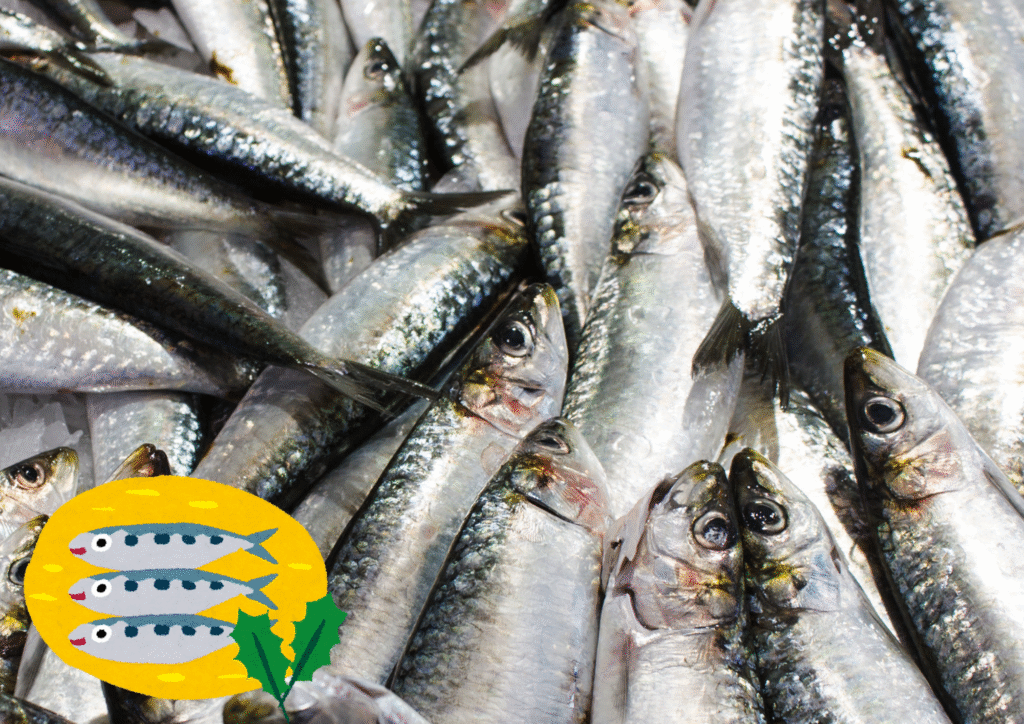
グルタミン酸含有量が多い魚のランキング
魚の種類ごとのグルタミン酸含有量に関する一般的な傾向や報告をもとにした順位イメージです。
グルタミン酸含有量が多い魚ランキング(おおよその目安)
順位 魚の種類 特徴・理由
1位 カタクチイワシ(煮干し原料) うま味成分が非常に豊富で、出汁としても有名。発酵液肥にも適している。
2位 イワシ(真イワシ) 小型で脂肪控えめ。グルタミン酸を含むアミノ酸が多く含まれる。
3位 アジ(鯵) グルタミン酸を多く含み、安価で入手しやすい。
4位 サバ(鯖) 脂肪はやや多めだがグルタミン酸も豊富。ただし臭いに注意。
5位 スケトウダラ 白身魚でクセが少なく、アミノ酸含量も多め。魚粉としても利用される。
※補足
昆布と並んで出汁に使われる魚は、グルタミン酸を多く含む傾向があります。
加工品(煮干し、干物など)は水分が抜けて濃縮されているため、純粋な生魚よりもグルタミン酸含有量が高いことが多いです。
魚の種類や部位によって含有量は変わるため、魚の「あら」や「骨」「内臓」を使う場合は部位ごとの違いにも注意してください。
それでは、あなたオリジナルの液肥に挑戦してみましょう!
アップルアートでは、液肥の研究も行っています。
カツオが手に入ったときに、アミノ酸液肥を作ります。
オリジナルレシピは公開できませんが、微生物については〇〇〇を使って、発酵させたものを使用しています。
ポイントは、タンパク質資材。〇〇〇の微生物です。
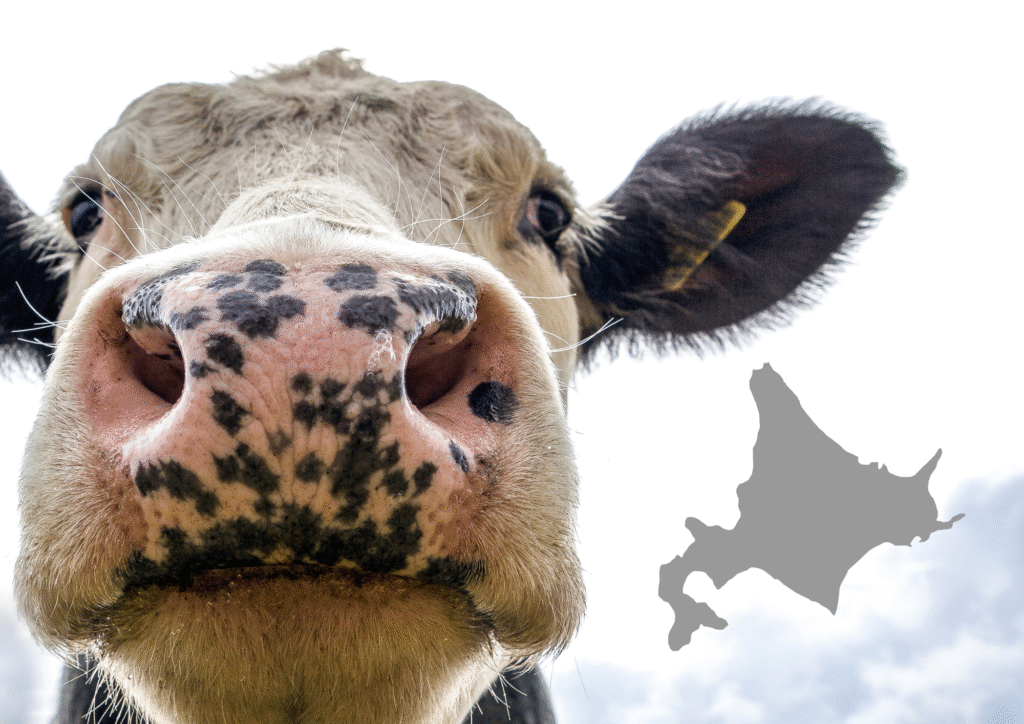
- 1 Summary of Safe and Practical Methods for Making Homemade Liquid Fertilizer
- 1.1 ✅ Choosing the Right Liquid Fertilizer Based on Purpose
- 1.2 🧪 Basic Organic Liquid Fertilizer Recipes
- 1.3 💡 Notes on Homemade Liquid Fertilizer
- 1.4 🛠️ Tips for Stabilizing Liquid Fertilizer
- 1.5 🔄 How to Combine with Commercial Products
- 1.6 📦 Summary
- 1.7 🐟 Let’s Make a Fish-Based Fertilizer Rich in Glutamic Acid
- 1.8 🎯 Recommended Fish Types for Fertilizer
- 1.9 💡 Key Points
- 1.10 🐠 Cautions
- 1.11 Final Summary
- 1.12 Ranking: Fish Rich in Glutamic Acid (General Trend)
Summary of Safe and Practical Methods for Making Homemade Liquid Fertilizer
✅ Choosing the Right Liquid Fertilizer Based on Purpose
| Purpose | Main Nutrient | Example Ingredients |
|---|---|---|
| Nitrogen (N) | Promotes leaf and stem growth | Rice bran, oil cake, urine, plant materials |
| Phosphoric Acid (P) | Promotes root development, flower and fruit quality | Bone meal, fish extract |
| Potassium (K) | Enhances disease resistance and fruit quality | Wood ash, banana peels |
🧪 Basic Organic Liquid Fertilizer Recipes
① Fermented Fertilizer with Rice Bran and Oil Cake
Ingredients (Approximate)
- Rice bran: 1kg
- Oil cake (e.g., rapeseed): 500g
- Water: 10L
- Brown sugar or regular sugar (for fermentation): 100g
- Optional: Add a small amount of EM bacteria, natto, or yogurt to accelerate fermentation
Instructions
- Mix all ingredients thoroughly in a bucket or other container.
- Cover tightly to block air. Let it ferment for 1–2 weeks in summer, or about 1 month in winter.
- Once fermented, strain the mixture with a cloth to extract the liquid (this is the fertilizer).
Usage
- Dilute 5 to 10 times with water.
- Apply to the base of plants with a watering can.
- Use once a week as a guideline.
② Banana Peel Liquid Fertilizer (High in Potassium)
Ingredients
- Banana peels: from 2–3 bananas
- Water: 1L
- Brown sugar or honey: 1 tablespoon (to aid fermentation)
Instructions
- Chop banana peels finely and combine with other ingredients in a jar.
- Let it ferment at room temperature for 3–5 days.
- When bubbles appear on the surface, it’s ready. Strain before using.
③ Fish Extract Liquid Fertilizer (Rich in Phosphorus and Amino Acids)
Ingredients
- Fish offal and guts: 1kg
- Brown sugar or molasses: 1kg
- Water: 1L
Instructions
- Mix all ingredients and place in a sealed container (remove air as much as possible).
- Ferment for 2–3 weeks in summer, or over 1 month in winter.
- Stir regularly to aid fermentation (note: it may smell).
- Once fully fermented, strain and use the liquid only.
Note: Due to safety and odor, outdoor or warehouse storage is ideal.
💡 Notes on Homemade Liquid Fertilizer
- Dilution: Always dilute the concentrate 5–10 times; undiluted fertilizer is too strong.
- Storage: Store in a sealed container in a cool, dark place. A fermented smell is normal, but discard if it smells rotten.
- Frequency: Use once or twice per week. Avoid over-fertilization.
- pH Management: The mixture can become acidic; adjust with dolomite lime or wood ash if needed.
🛠️ Tips for Stabilizing Liquid Fertilizer
- Adding glutamic acid or amino acids boosts microbial activity.
- Natto bacteria (from natto dissolved in water) can speed up fermentation and suppress odors.
- Sugars (brown sugar, honey, molasses) feed microorganisms and help kick-start fermentation.
🔄 How to Combine with Commercial Products
Homemade liquid fertilizer is excellent for microbial activation and soil improvement.
When combined with commercial fertilizers (which have precisely controlled levels of nitrogen, phosphorus, and potassium),
you can aim for both quick results and long-lasting effects.
📦 Summary
| Item | Details |
|---|---|
| How to make | Ferment rice bran, oil cake, fish, etc., by mixing with water |
| How to use | Dilute with water and apply to the base of plants (also usable as a foliar spray) |
| Benefits | Revitalizes soil and nurtures plants in a natural way |
| Cautions | Do not use undiluted; watch out for foul odors and pH imbalance |
🐟 Let’s Make a Fish-Based Fertilizer Rich in Glutamic Acid
Fish rich in umami components like glutamic acid are known for making flavorful broth.
These are often white-fleshed fish with firm meat and low fat content.
🎯 Recommended Fish Types for Fertilizer
| Fish | Details |
|---|---|
| Sardines | Small, moderately fatty, high in amino acids, widely available and low cost |
| Mackerel | Rich in amino acids but higher fat content; odor management required |
| Anchovies | Strong umami, used in dashi (broth), ideal for fermented liquid fertilizer |
| Horse Mackerel | Affordable and easy to use, moderate amino acid content |
| Alaska Pollock | White fish with little odor, often used as fish meal |
💡 Key Points
- Fish that are not very fresh are OK: Fermentation reduces odor and extracts umami components.
- Fish offal (bones, guts, etc.) is typically used — low-cost and effective.
- Fish meal or dried fish meal is often concentrated in glutamic acid and highly recommended.
🐠 Cautions
- Fish with too much fat may produce a strong rotten smell during fermentation. Be mindful of the fish type and the fermentation environment.
- To reduce odor, add brown sugar, natto bacteria, or lactic acid bacteria as fermentation boosters.
Final Summary
For liquid fertilizer rich in glutamic acid, small blue-backed fish (e.g., sardines, anchovies) or white-fleshed fish are recommended.
These fish are high in umami, and fermentation enhances the nutritional value of the fertilizer.
Ranking: Fish Rich in Glutamic Acid (General Trend)
| Rank | Fish Type | Characteristics |
|---|---|---|
| 1st | Anchovy | Very rich in umami; commonly used for dashi; ideal for fermented fertilizer |
| 2nd | Sardine | Small, moderately fatty, high in glutamic acid and amino acids |
| 3rd | Horse Mackerel | High in glutamic acid, affordable and accessible |
| 4th | Mackerel | High in glutamic acid but fatty; odor needs to be managed |
| 5th | Alaska Pollock | Mild white fish with good amino acid content, used in fish meal |
Note:
Fish used in dashi, like kelp, tend to be rich in glutamic acid.
Processed products (like dried fish) often have higher concentrations than raw fish due to moisture loss.
Glutamic acid content varies by fish type and part (e.g., bones, guts), so consider those differences when using fish offal.
Let’s try making your very own original liquid fertilizer!
At Apple Art, we also research liquid fertilizers.
When we obtain bonito, we make amino acid-based fertilizers.
Although we cannot disclose our exact recipe, we use 〇〇〇 microorganisms to ferment it.
The key is protein-based materials and 〇〇〇 microbes.


